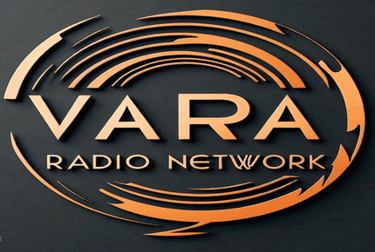Sponsor Late Night in the Midlands, Contact Us
The Origin and History of Halloween: A Journey Through Time
10/21/20242 min read


Introduction to Halloween
Halloween, celebrated on October 31st, is a day marked by festivities, costumes, and trick-or-treating. However, behind the vibrant celebrations lies a rich tapestry of history and cultural significance. Understanding where Halloween originated and how it evolved can deepen our appreciation of this beloved holiday.
The Celts and Samhain
The origins of Halloween can be traced back to the ancient Celtic festival of Samhain, which took place about 2,000 years ago. The Celts, who lived in what is now Ireland, the United Kingdom, and parts of France, celebrated Samhain to mark the end of the harvest season and the beginning of winter. They believed that on the night of October 31st, the boundary between the living and the dead was blurred, allowing spirits to roam the earth.
During Samhain, the Celts would light bonfires and wear costumes made of animal skins to ward off the wandering spirits. They also prepared offerings of food and drink for their deceased ancestors, aiming to appease them and ensure a good harvest for the coming year.
The Transition to Modern Celebrations
As time progressed, the influence of Christianity led to the adaptation of Samhain into more structured festivities. In the 8th century, Pope Gregory III designated November 1st as All Saints' Day, a day to honor all saints and martyrs. The night before, October 31st, became known as All Hallows' Eve, which eventually morphed into Halloween.
In the United States, Halloween began to take shape during the early 19th century with the influx of Irish immigrants who brought their traditions to American soil. The celebration evolved by incorporating various elements, such as bobbing for apples, burning pumpkins, and the early practice of telling ghost stories. These customs contributed to the holiday's growing popularity, leading to the modern-day Halloween we know today.
Modern Halloween Traditions
Today, Halloween is a vibrant celebration characterized by costume parties, haunted houses, and trick-or-treating. Children dressed in costumes go from door to door, requesting candy and small treats, while adults often enjoy themed parties and festive decorations. The custom of carving pumpkins into jack-o'-lanterns has also become a staple of Halloween festivities, linking back to the ancient practice of lighting candles to honor spirits.
Despite its transformation over the years, the essence of Halloween remains intertwined with its spooky origins. As we indulge in costumes and candy, it's essential to acknowledge the historical significance that shapes this holiday. From its Celtic roots in Samhain to its modern interpretation, Halloween stands as a testament to the rich interplay between ancient traditions and contemporary culture.
Broadcast
Tune in for engaging shows and discussions.
Connect
Join Our News Letter
803-766-1394
© 2026. All rights reserved. by Mike Vara

